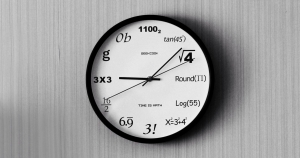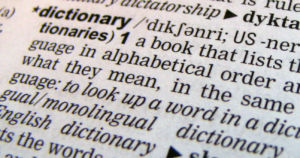
Dyscalculia and ADHD: A View From the Inside
What is it like to grow up with dyscalculia? And how might a character experience it?

What is it like to grow up with dyscalculia? And how might a character experience it?

There are many different ways an author can express a sign language on the page; let’s take a closer look.

“How did you manage to capture that voice?” beta readers would ask. “How did you know to describe those particular feelings?” I was starting to have a few self-revelations about that.
It’s clear that many people, including pre-diagnosis me, don’t know much about hypermobility; this only makes the need for representation more necessary.

I wanted to write about a real girl with real emotions struggling in a world that too often is unforgiving to those who don’t fit the right mold.

The most common wheelchair-using character has acquired paraplegia, but why is this particular narrative so prevalent, and at the expense of all others?

Writing disability respectfully can be difficult, especially in the midst of large, seemingly contradictory conversations about representation. How should frustrated or concerned authors approach this?

We take a close look at the state of recognizable representation of visibly disabled characters on book covers.

To help authors make informed decisions about what language to use, we talk about disability terminology–from outdated words and cringe-worthy phrases to straight-up ableist slurs, and everything in between.

If you looked at me as a teenager, particularly during my freshman year in high school, I would not have stood out from my peers. If you looked closer at my dominant right hand, though, you’d see there was a significant problem.